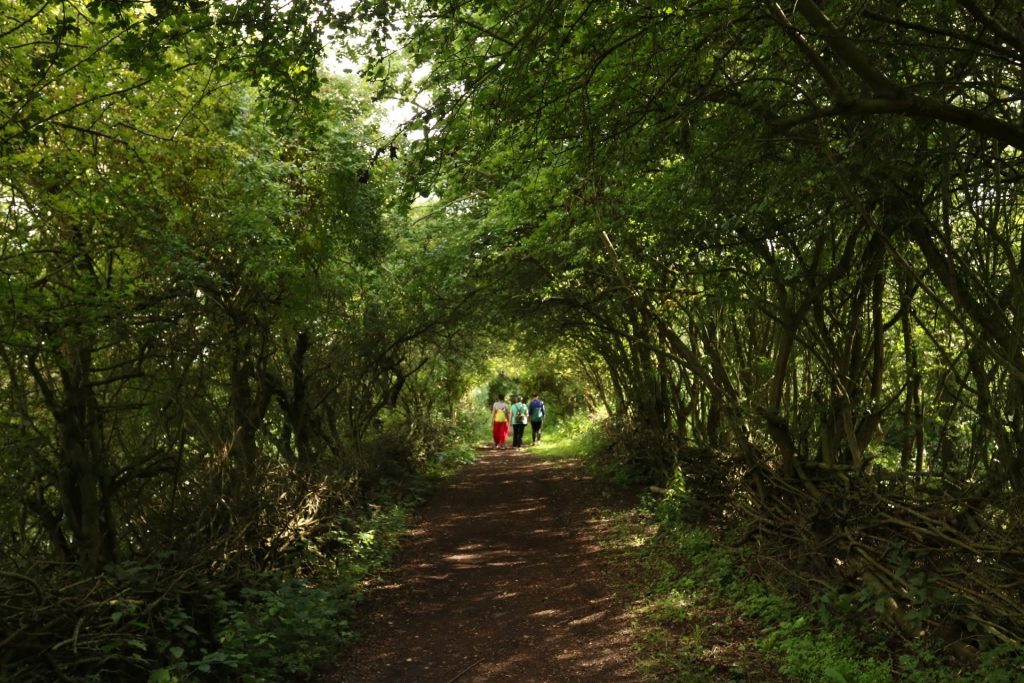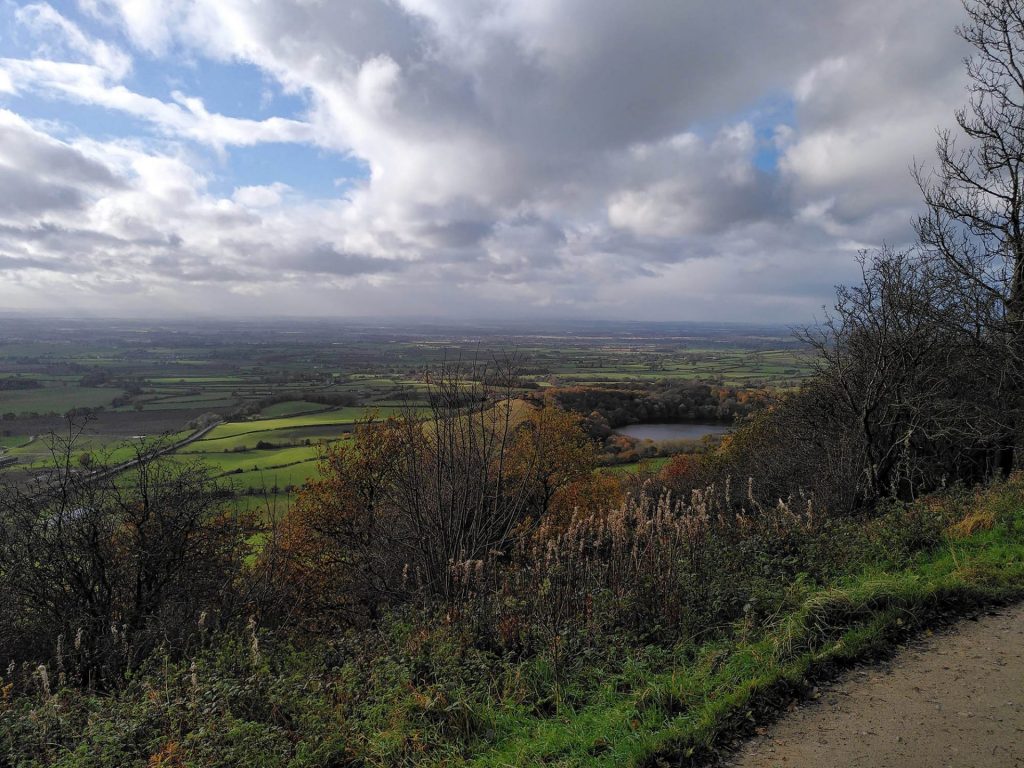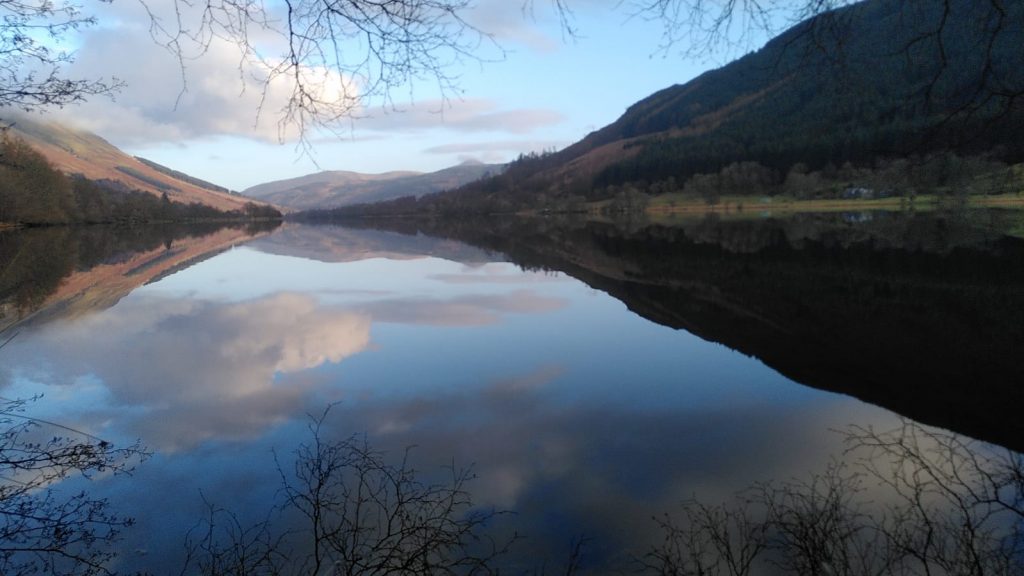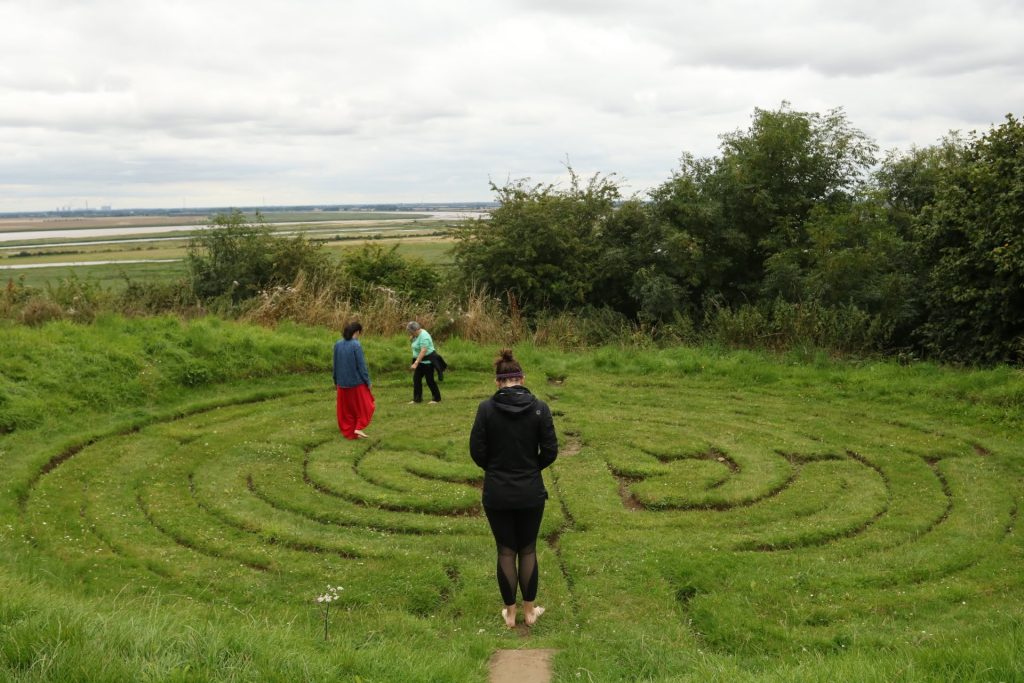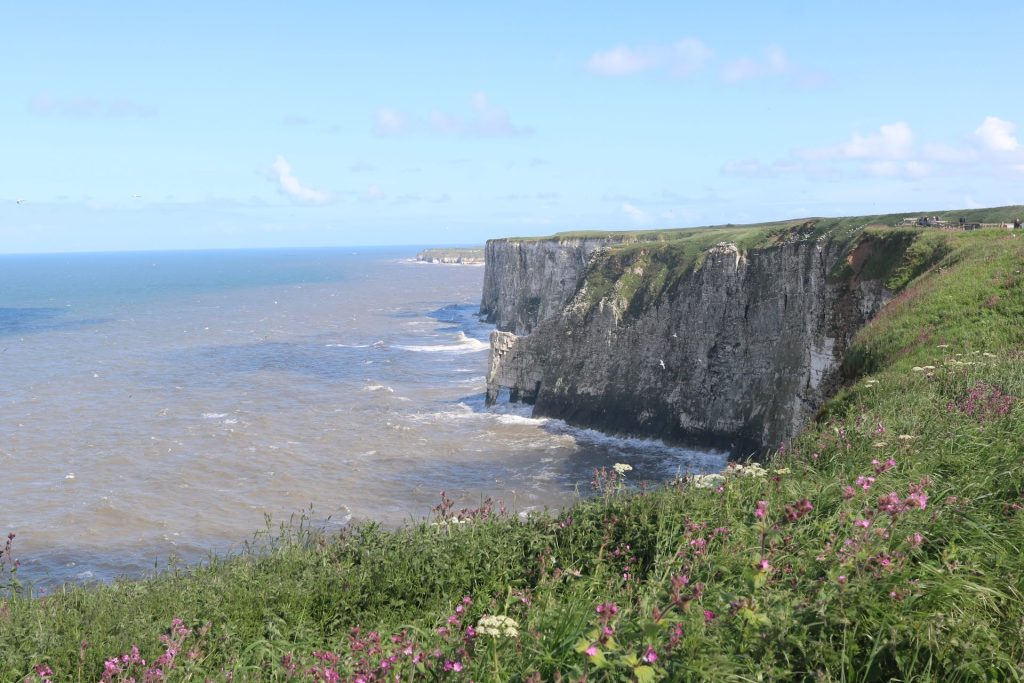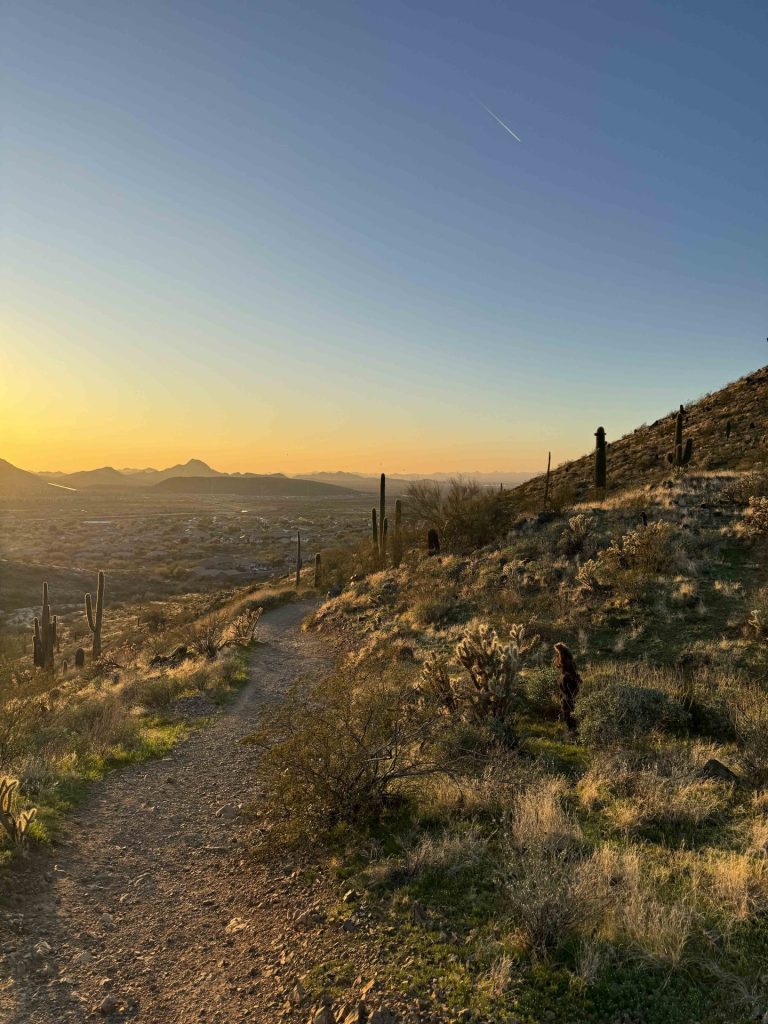Beyond the measurable and tangible
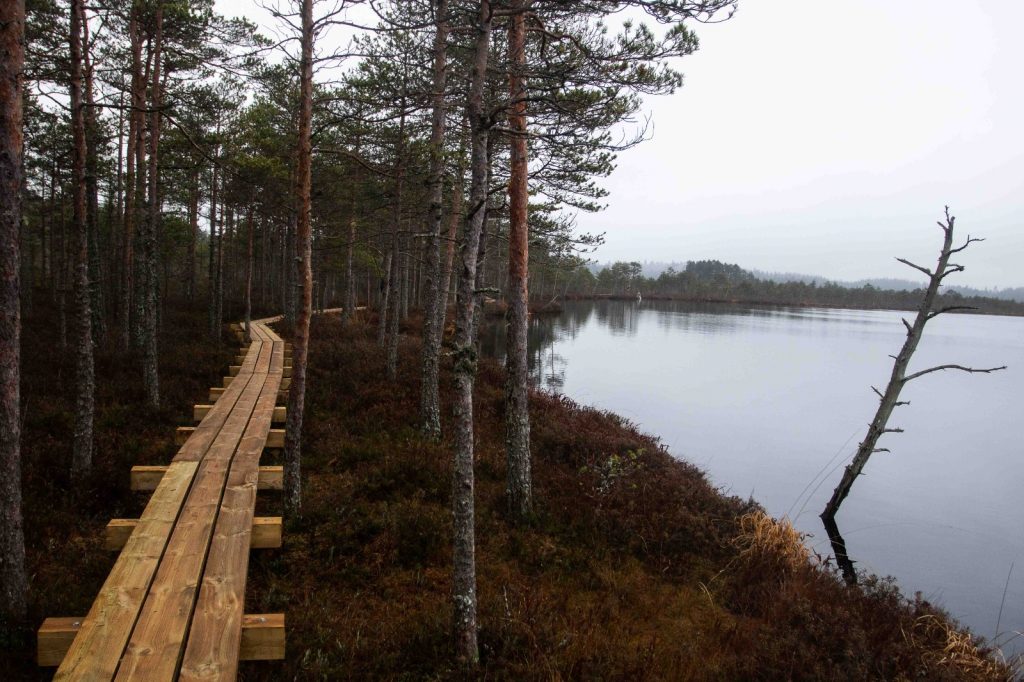
Missed Part one? Find it here.
Missed Part two? Find it here.
Once we had set a new routine raising the bar on what wellbeing looks and feels like in a small organisation, it wasn’t long before we wanted to develop something beyond the tangible in Daphne’s role. Something – even more than nature away days and regular check-ins – that acknowledges the increasing arena work can occupy in our secular societies. Something that challenges the status quo of the “business as usual” model.
The role of work in our culture has shifted over the decades. As more and more people have moved away from formal religion, synchronous with systemic community erosion, work has become the place many people now turn to to find their friends, partners, social lives and even their sense of belonging and identity. In our individualised culture it can be one of the few places where we feel we are part of something bigger. How might we tend to those needs?
One of the accepted ways a business demonstrates how well it is doing is by the Quarterly Report and the Profit and Loss report. We wanted to consider how we might approach these differently. There are two ways to interpret the old adage, ‘you treasure what you measure.’ On the one hand it can be a useful reminder to identify the metrics that are important to your organisation. We decided we wanted to measure the number of nature days we’d had as a team; an estimation of emissions; and the number of days we had offline etc.
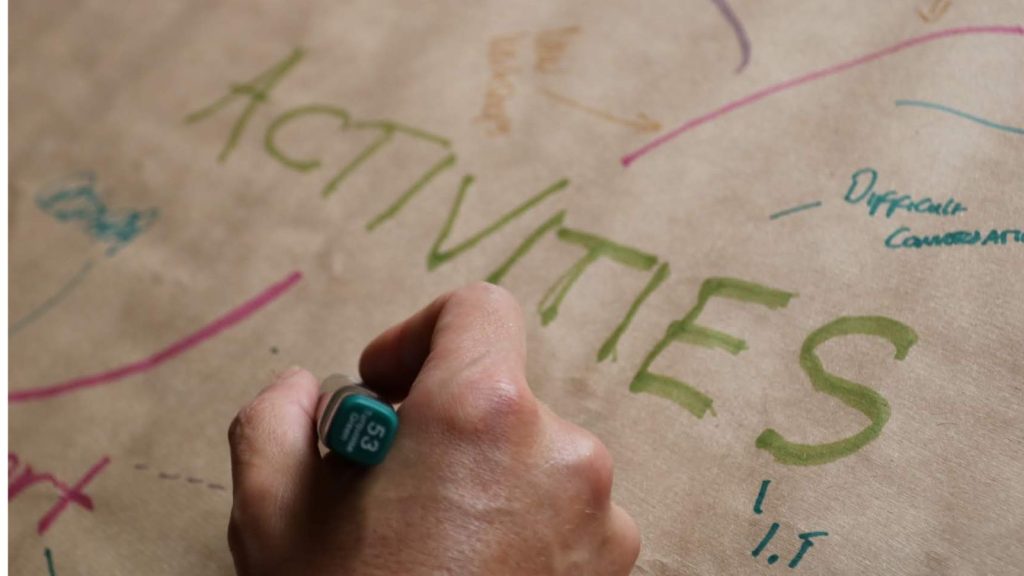
On the other hand, we end up valuing one thing over another simply because it can be measured. And let’s face it: we are obsessed with measuring. Since The Age of Enlightenment, this culture has set out to quantify, categorise, and label everything. Collecting these data points allows for tracking and analysis and to demonstrate ‘growth’. Measuring is the cornerstone of capitalism. And because we treasure what we measure we have ended up in a system where the logged tree has more value than its living counterpart in a forest. Selling that logged tree contributes to a positive measure of how our country is doing in the form of Gross Domestic Product. (Find out more about what’s not so helpful about using GDP as a metric here)
What doesn’t get quantified? Anything unpaid – from housework, to parenting or caring for relatives to volunteering. These activities are undervalued in our society and it’s no coincidence that they are harder to measure. (Not to mention heavily gendered but that’s for another post). It also includes the free things you do in your free time: say going for a walk in your local park. And yet, they are hugely valuable. Where would we be without these activities?
This line of thinking has led to creative ways to quantify the value of, say, a living forest, in the form of carbon or biodiversity credits so they can be counted alongside profit and loss on the business bottom line. It’s a way of shoehorning it into business and economics-speak by creating a common denominator. It often gets called the triple bottom line: People, Planet, Profit.
But is the act of converting a 200 year old tree to the amount of carbon that it stores ultimately reductive? What about the various species that call the tree home? Or the soil it’s keeping firm at its roots and returning nutrients to? Or the protective value for younger saplings it might be connected to via the Wood Wide Web? Or the shade it has provided for humans and the other-than-human? Or the memories or new ideas made beneath its boughs?
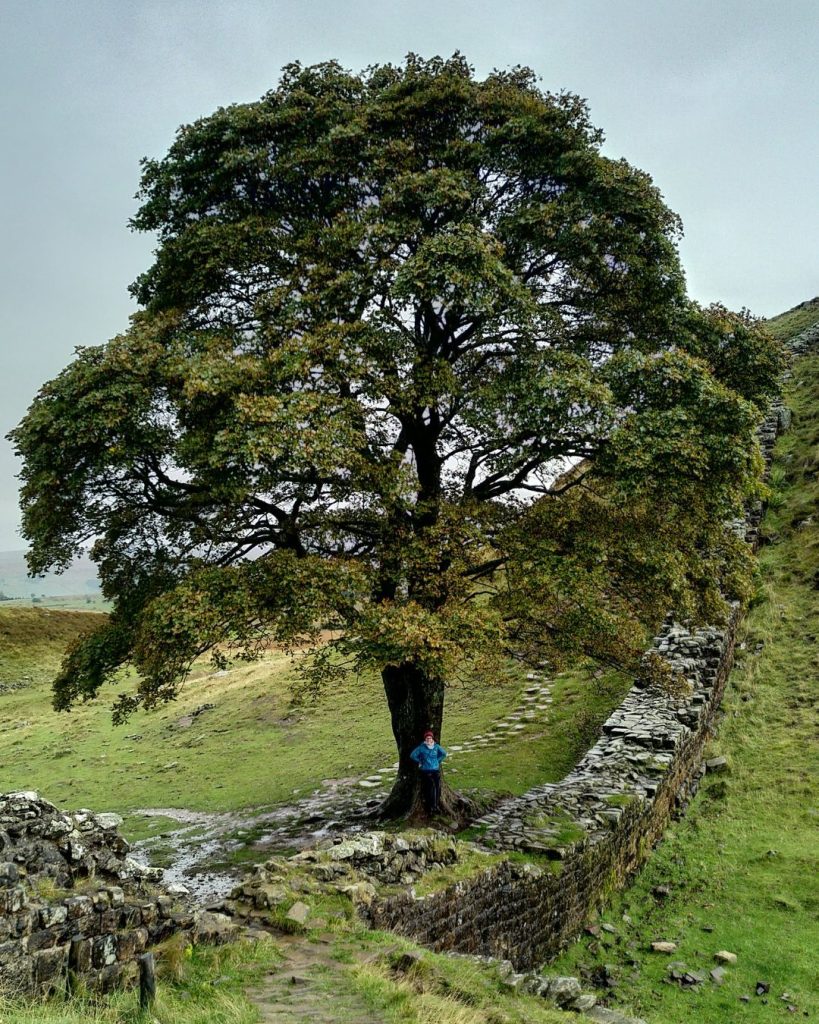
And what if it can’t be measured? And even if it can, should it be?
What if it’s not nature that needs to be converted to business-speak but the other way around?
Perhaps we should instead be asking questions like;
- Are we taking more than we need? Are we returning nutrients, or energy back into the ecosystem?
- Is this business nourishing its surroundings and its community (not just its shareholders)?
- What is the vision for this business in time spans of oak trees? (rather than just the next quarter)
- Can we embrace abundance? Sow seeds and accept that not every seed we sow will bear fruit or a ‘Return on Investment’?
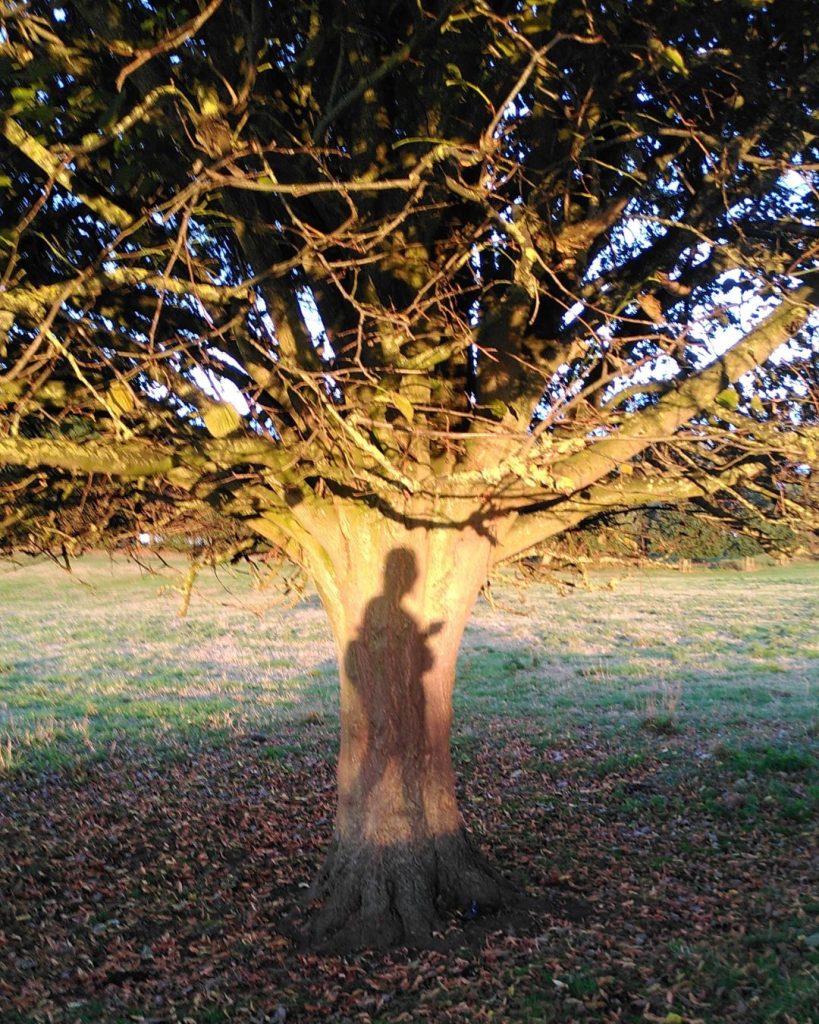
We wanted to create a space where we could stretch into this kind of thinking. Notice, and slowly unpick ourselves from much of the business-as-usual ways of thinking.
Reclaiming ritual
Going further still, another consequence of the decline in formal religion has been the loss of ritual in many of our lives. In our dominant culture here in the UK, the rituals that remain are so commodified that I’ve struggled to get on board with many of them for a long time (think Valentine’s Day, baby showers and hen do’s!). And rituals in the workplace are less inspiring still, usually being in the form of ‘dress down Friday’ or the deluge of sugary snacks for a colleague’s birthday.
Beyond the religious or commodified ones, what are rituals?
“Rituals help express who we are, what we want to be, and what we love and fear about the world”, writes Lucy Purdy in a Positive News article on this wider trend towards finding ritual.
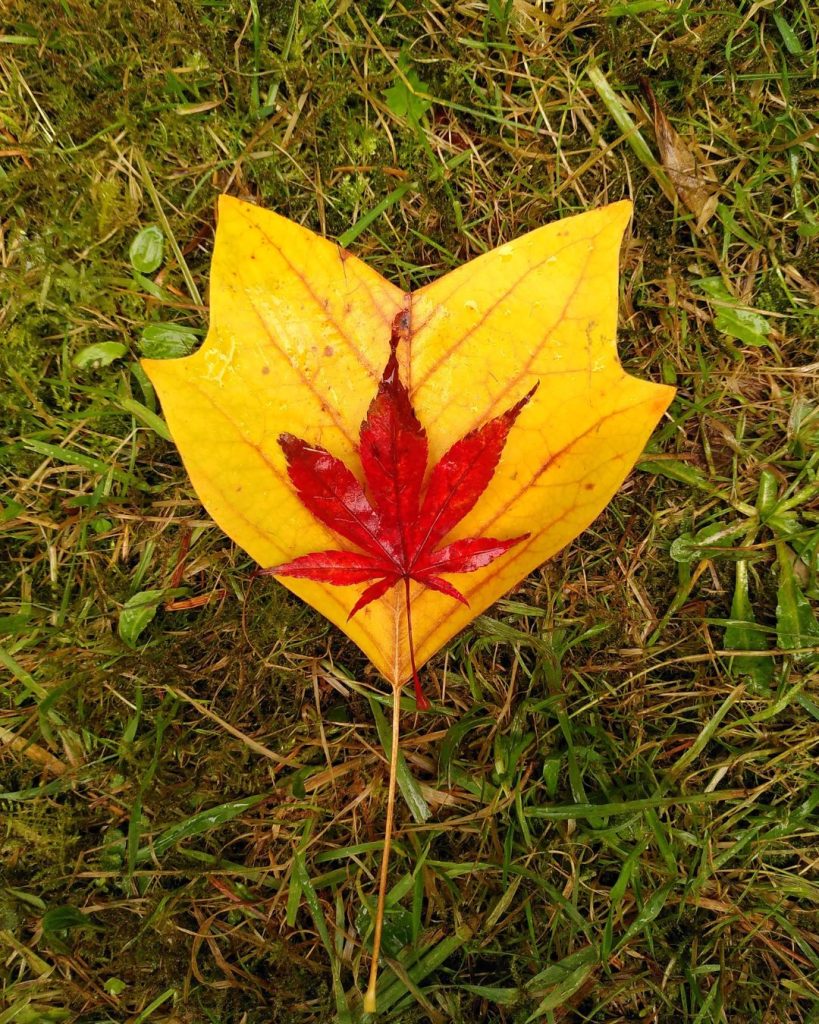
Professor Harvey Whitehouse, who Purdy interviews, suggests “If we want to improve the world, we need social glue. Many of the most serious threats currently facing our planet are essentially collective action problems that could be solved overnight with sufficient social glue.”
I’m intrigued by Britt Wray’s ideas of reclaiming ritual and curious about how to practise them in secular ways or by turning towards nature for our inspiration. She calls for a “ritual renaissance for the Anthropocene”.
While exploring opportunities for ritual in other areas of my life we were also curious to experiment with what appropriate rituals might look like in the workplace that is fit for current times.
- How are our actions part of a bigger story?
- How do we mark the passage of time?
- How do we come together as a team?
Introducing our Organisational Doula
With all these themes moving through our conversations and our minds it seemed necessary for someone, other than me as Founder, to hold these ideas. All that I’ve mentioned above is distinct from the day-to-day running of the business or the ‘doings’ of the business. And while I revelled in this stretch I also needed to demonstrate that we have a viable business model that is financially sustainable.
With a team now in place, With Many Roots has become more than its founder. Who is holding its heart, its spirit, its ‘being’?
This is the role Daphne and I co-created (though Daphne would not call it a ‘role’: see Part Four of this series) beyond her remit of the team’s wellbeing. She holds the organisation’s spirit. Since 2021 we have been exploring together how an organisational doula works tangibly and intangibly.
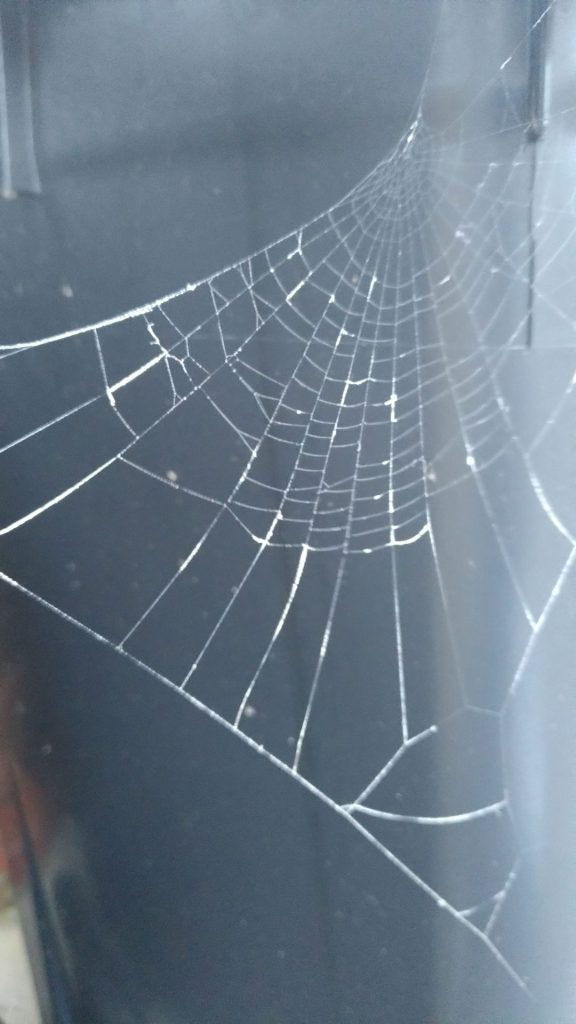
The next post in this series will be from Daphne, as she reflects on how she has taken on the role of Organisational Doula. Read part four here.
